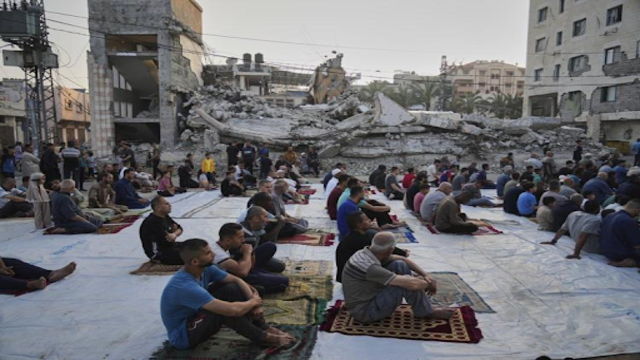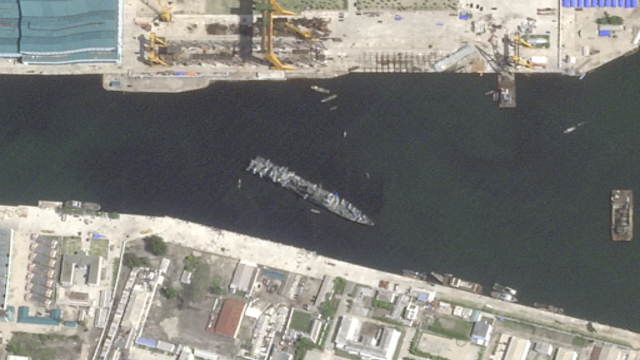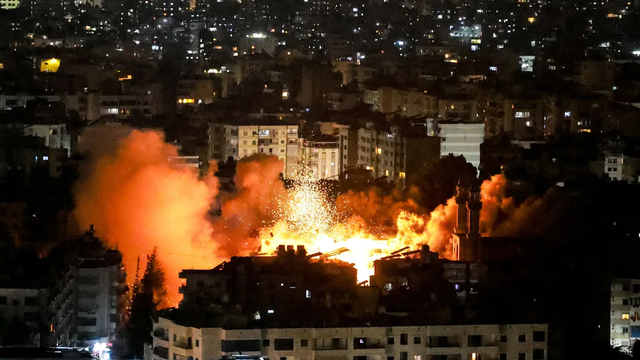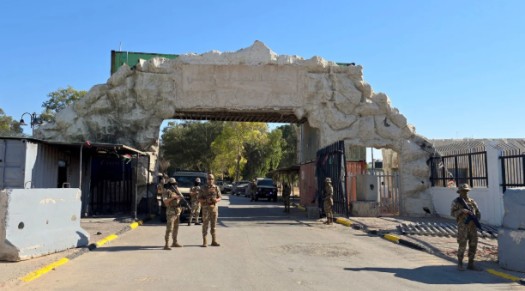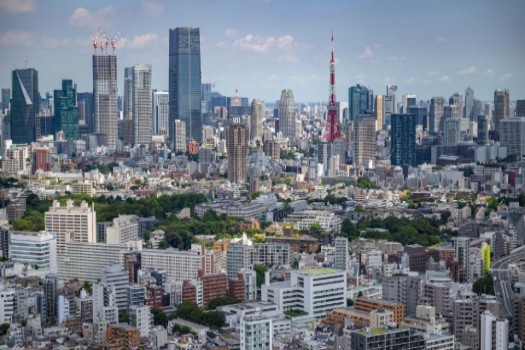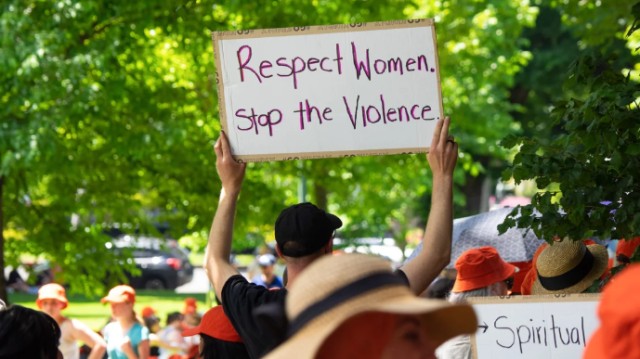
Image courtesy: China Daily
Shanghai was brought to a halt on Monday morning as Typhoon Bebinca, the strongest storm to directly hit the city in over 70 years, swept through the region. The storm made landfall in an industrial area southeast of Shanghai around 7:30 a.m. local time. With wind speeds reaching up to 130 kilometres per hour (80 mph), it was classified as a Category 1 Atlantic hurricane equivalent, causing widespread disruptions in the city of 25 million people.
The typhoon, the most powerful to strike Shanghai since 1949, prompted authorities to take swift action to minimize damage and protect residents. The China Meteorological Administration issued a red typhoon warning, the highest level of alert, warning people in eastern China about dangerous winds and heavy rainfall expected across the region.
The timing of the storm couldn't have been worse, as it hit during the Mid-Autumn Festival, also known as the Moon Festival, a popular three-day national holiday in China. The storm's arrival forced many people to cancel or delay their holiday travel plans, as transportation services came to a standstill.
Flights at Shanghai's two main international airports were cancelled beginning at 8 p.m. Sunday, stranding many travellers. The city's train and ferry services were also largely suspended, and several major highways and bridges were closed due to safety concerns. These measures, while necessary, added to the frustration of those hoping to enjoy the holiday weekend.
Additionally, several popular tourist destinations, including the well-known Shanghai Disney Resort, were closed for the day as a precaution against the severe weather conditions. Businesses and schools were also affected as the city braced for the impact of the storm.
People in Shanghai battled strong winds and heavy rain as Typhoon Bebinca hit the city on September 16, 2024, making it difficult to hold onto their umbrellas. Getty Images
The typhoon is part of a growing trend of extreme weather events in the region, which have been causing increasing concern for both government officials and citizens. Shanghai’s modern infrastructure, though resilient, was tested by the strength of the storm, and authorities were on high alert to manage any potential flooding or damage to property.
While no immediate reports of injuries or fatalities were available at the time, the extent of the damage caused by Typhoon Bebinca remains to be fully assessed. The city’s emergency services were prepared to respond to any incidents as they unfolded, and precautionary measures were in place to protect residents and property.
Shanghai has faced severe weather before, but the strength of Typhoon Bebinca, which is now recorded as the most powerful storm to strike the city in over seven decades, has renewed discussions on how to better prepare for such natural disasters in the future.



